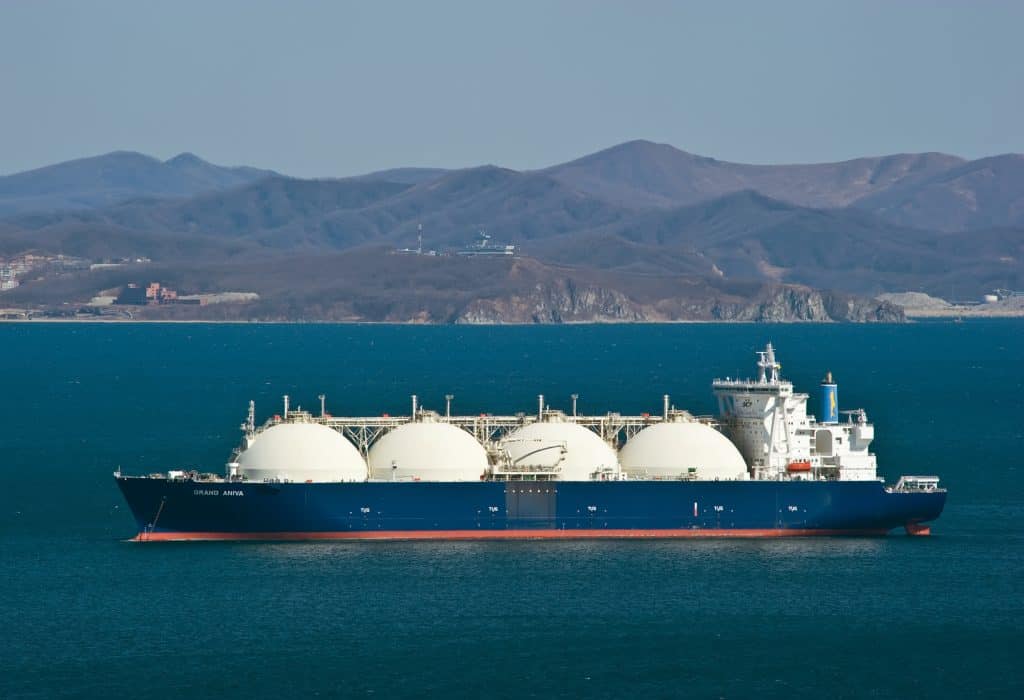In this series, we try to capture insight from our company president, Marty Stetzer.
With decades of experience in the energy industry, his insights into news and events are always insightful. We think this context is a good addition to your Energy 101 education!

This article caught my eye.
+ Aramco Eyes Stake in Foreign LNG Plant – Rigzone
As it states, LNG consumption is set to surge in the coming years.
“The value of global LNG trade doubled last year to more than $450 billion, according to the International Energy Agency.”
When we think of Saudi Aramco, we tend to think oil. However, it is a significant producer of natural gas as well.

Their extensive Master Gas System collects associated gas from their producing oil wells. With current production at approximately 9 million barrels a day, there’s a lot of gas that comes along with it.
“Saudi Arabia has some of the world’s biggest gas reserves, though they’ve mainly been used for the domestic market.”
The gas is distributed internally to one of the largest chemical complexes in the world at Jubail.
But as the article highlights it is looking to develop international markets for this gas.
Often the only way to leverage the size of their hydrocarbon assets is to develop what is called a secured outlet.
This type of investment is not a new phenomenon for major and national oil companies.
In this case they have gas available for export and want to develop secured LNG outlets.
As a young engineer with Esso I worked on numerous projects in determining the economics for a similar investment.
I even found a New York Times story from 1964 about the project!
+ New Utility will Build Plant in Hong Kong – NYT
The investment provided Hong Kong power by Esso Eastern A division of standard oil New Jersey at the time.
“The venture involves the formation of a new company, which will be named the Peninsula Electric Power Company. It will be 60 per cent owned by Esso Standard Eastern and 40 per cent owned by China Light and Power.”
Saudi Aramco’s move in LNG mirrors the same strategy that major oil companies used as early as the 1960’s to find an outlet for excess high sulfur fuel oil – long before the global concerns with GHG emissions.
Best,
Marty